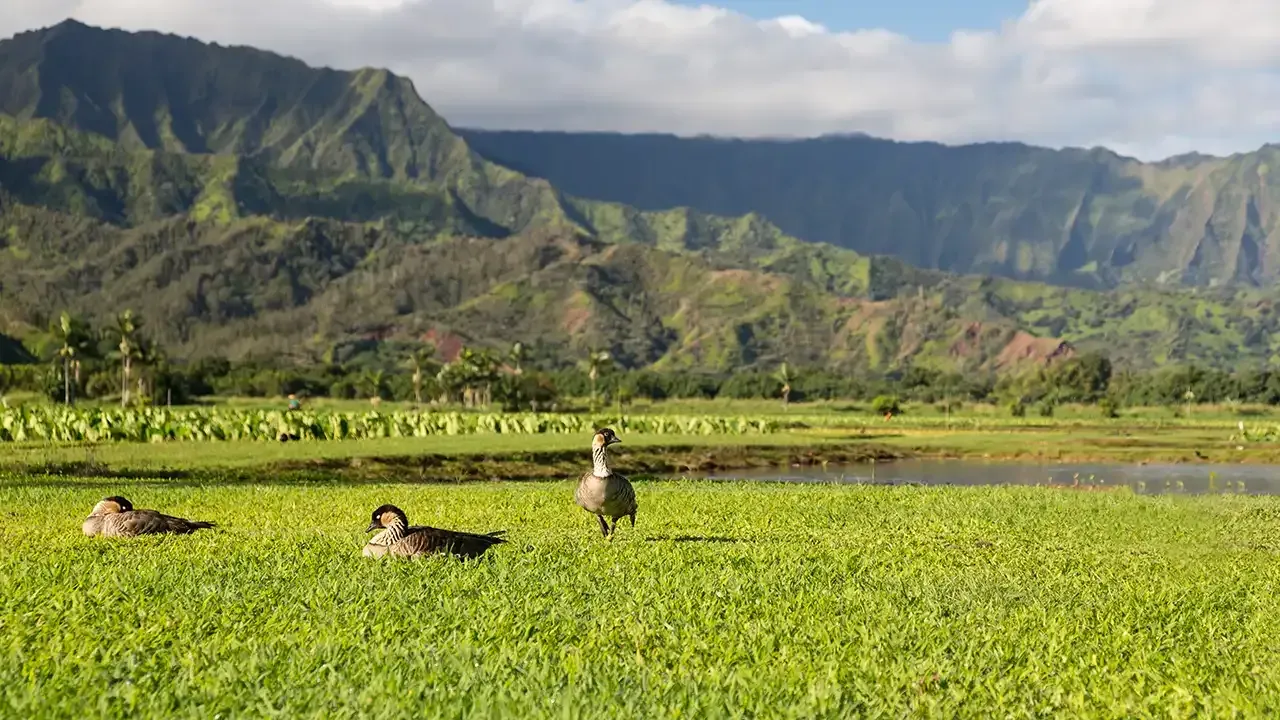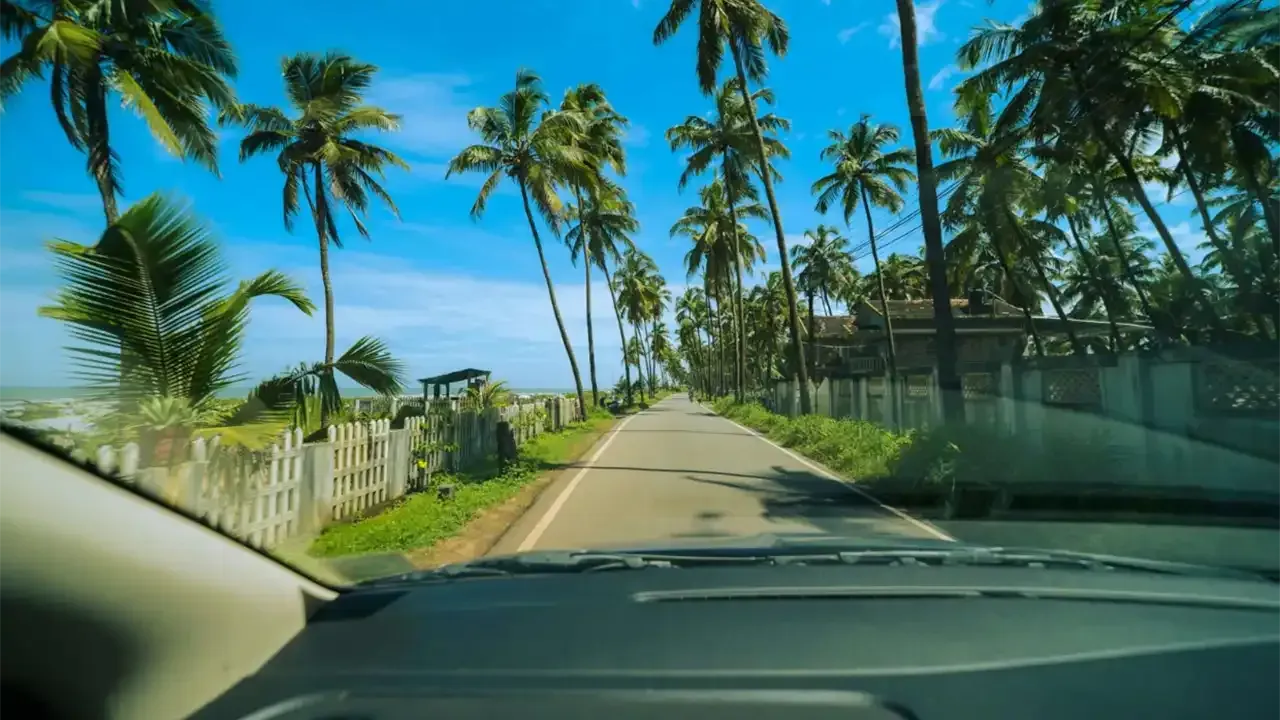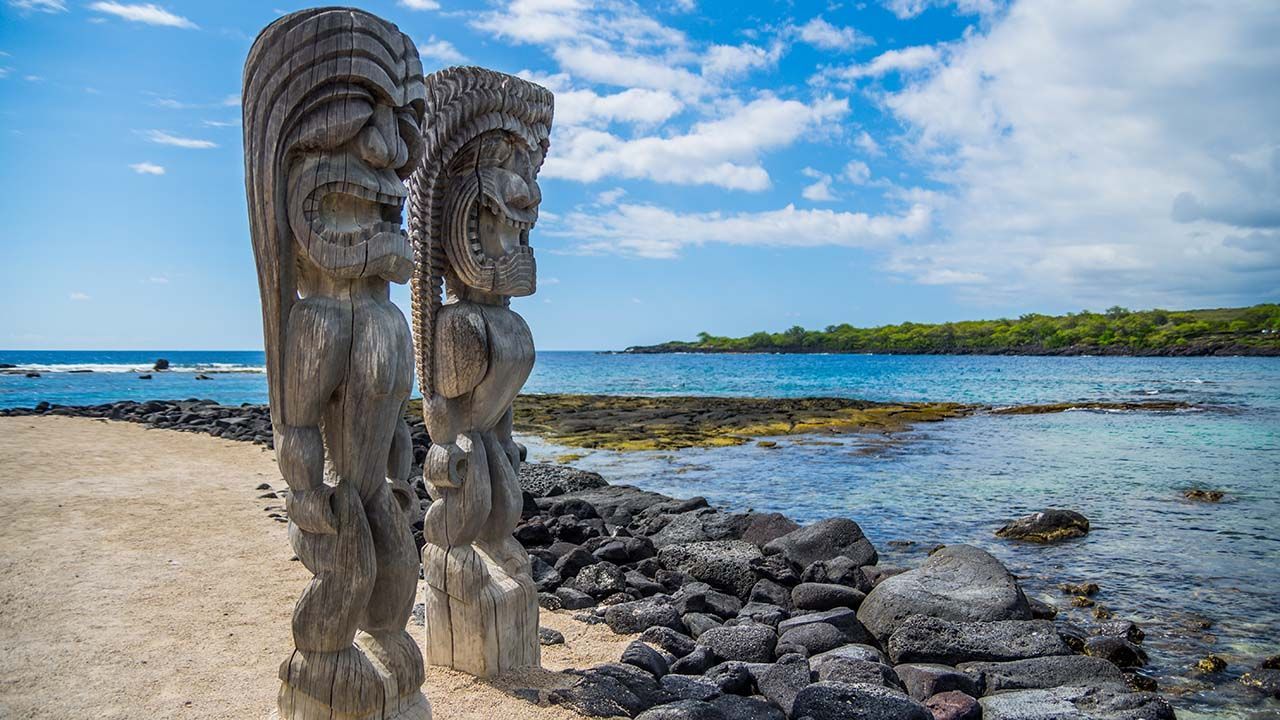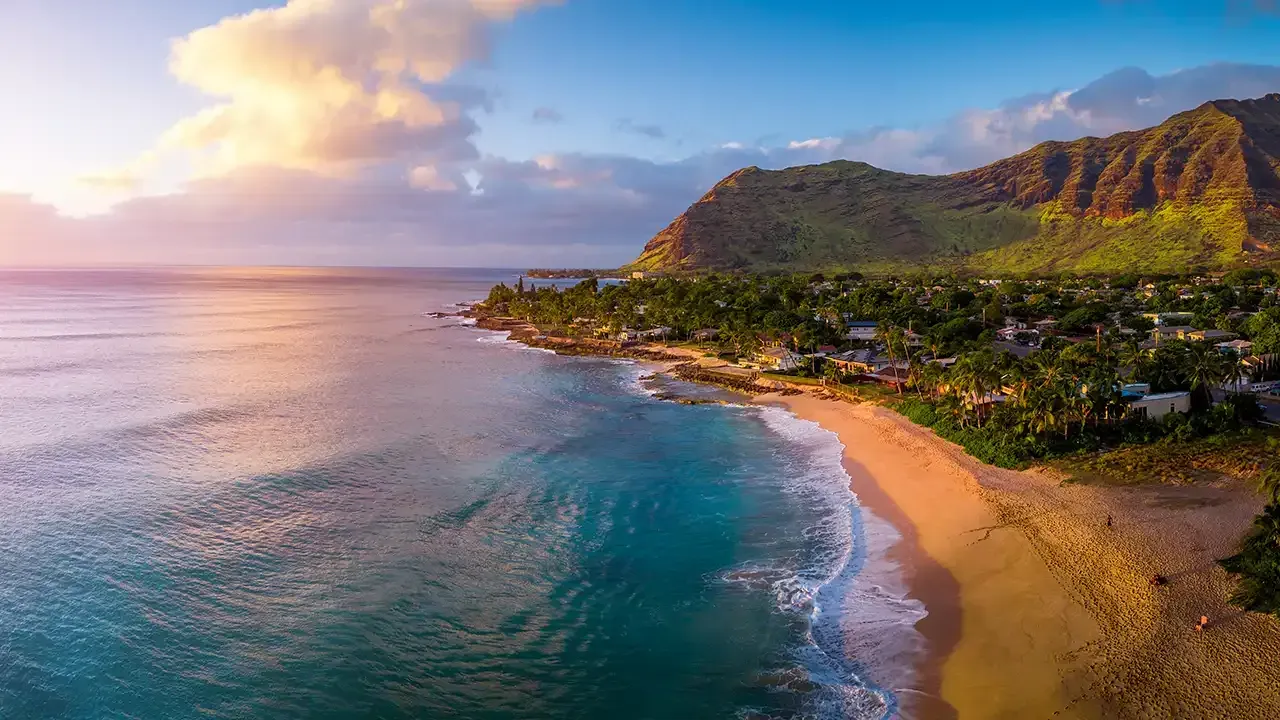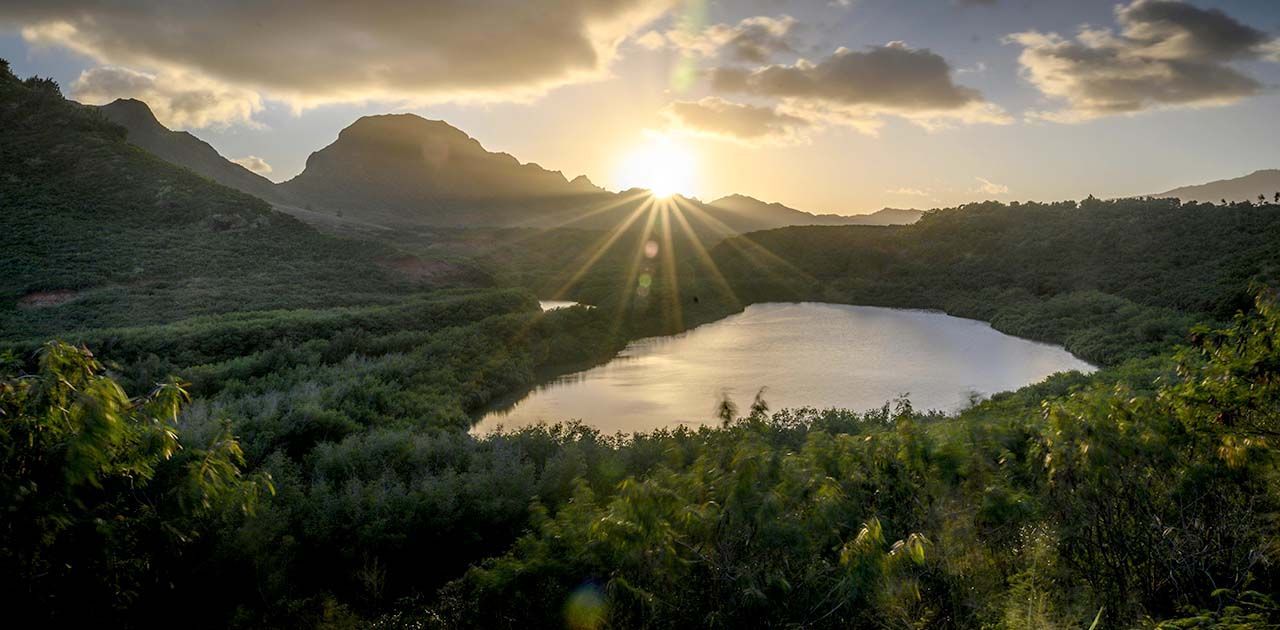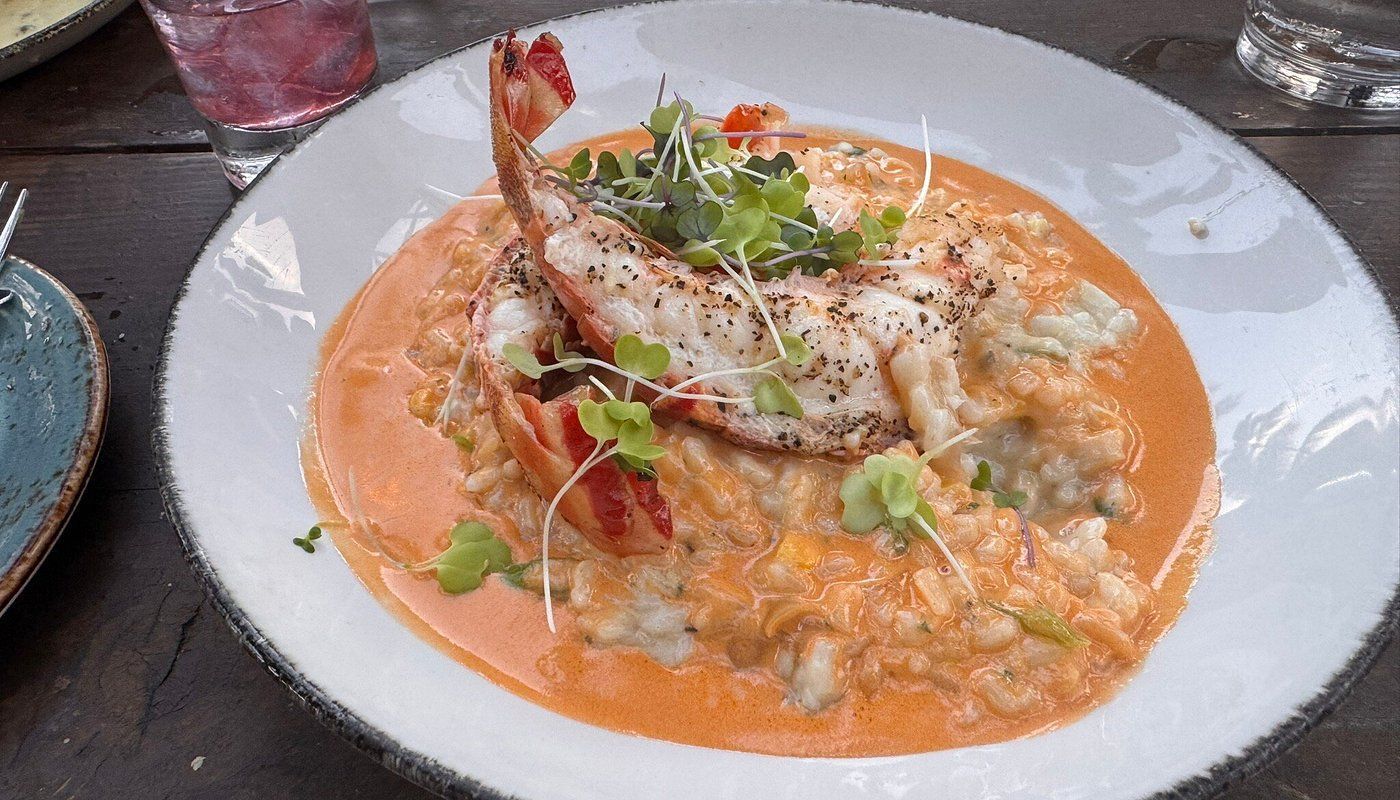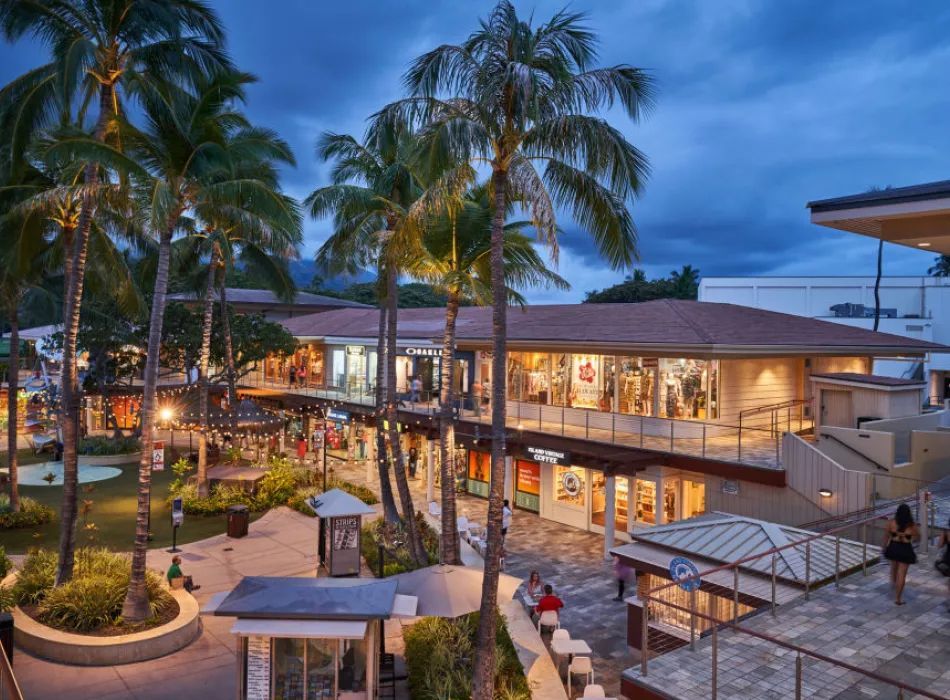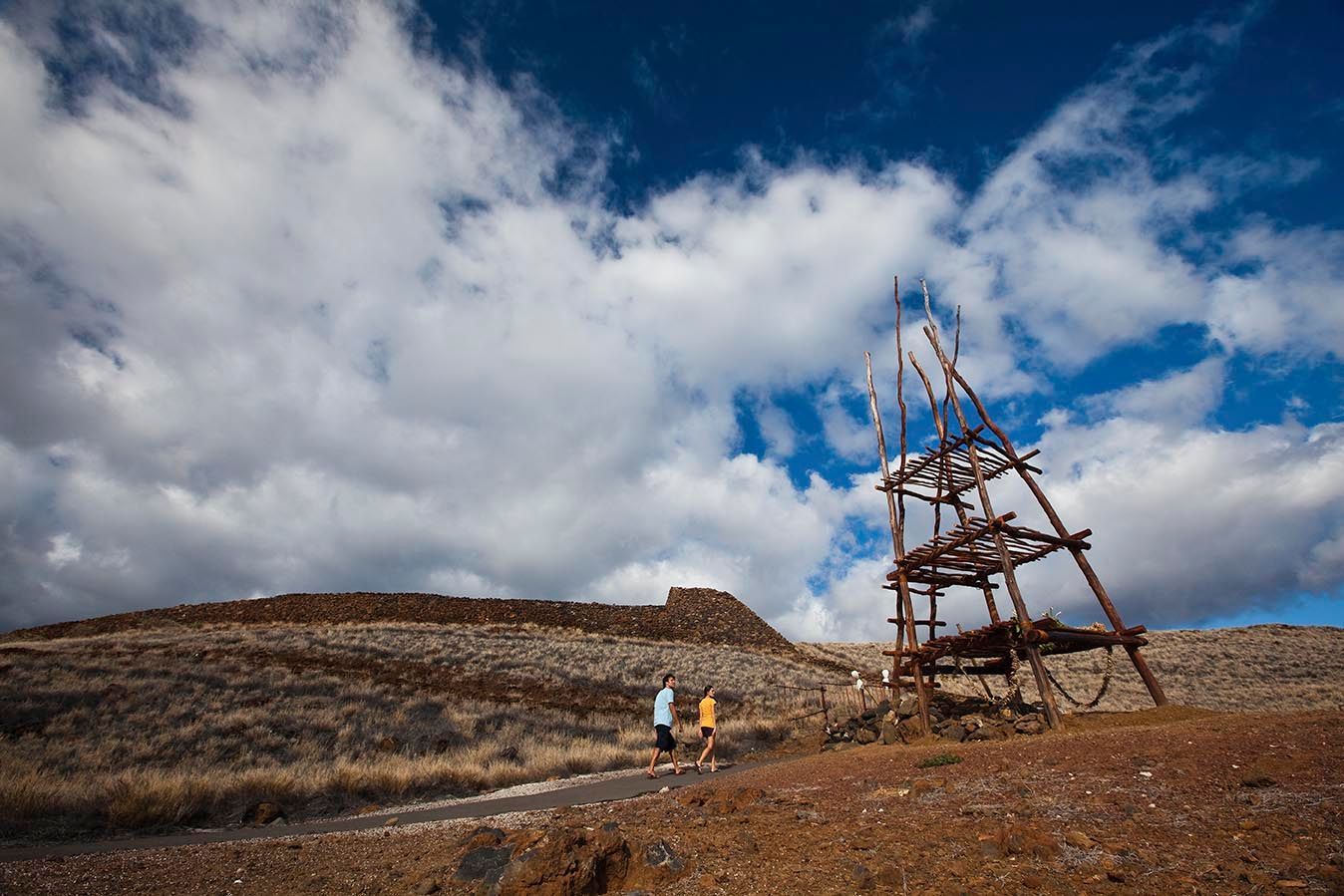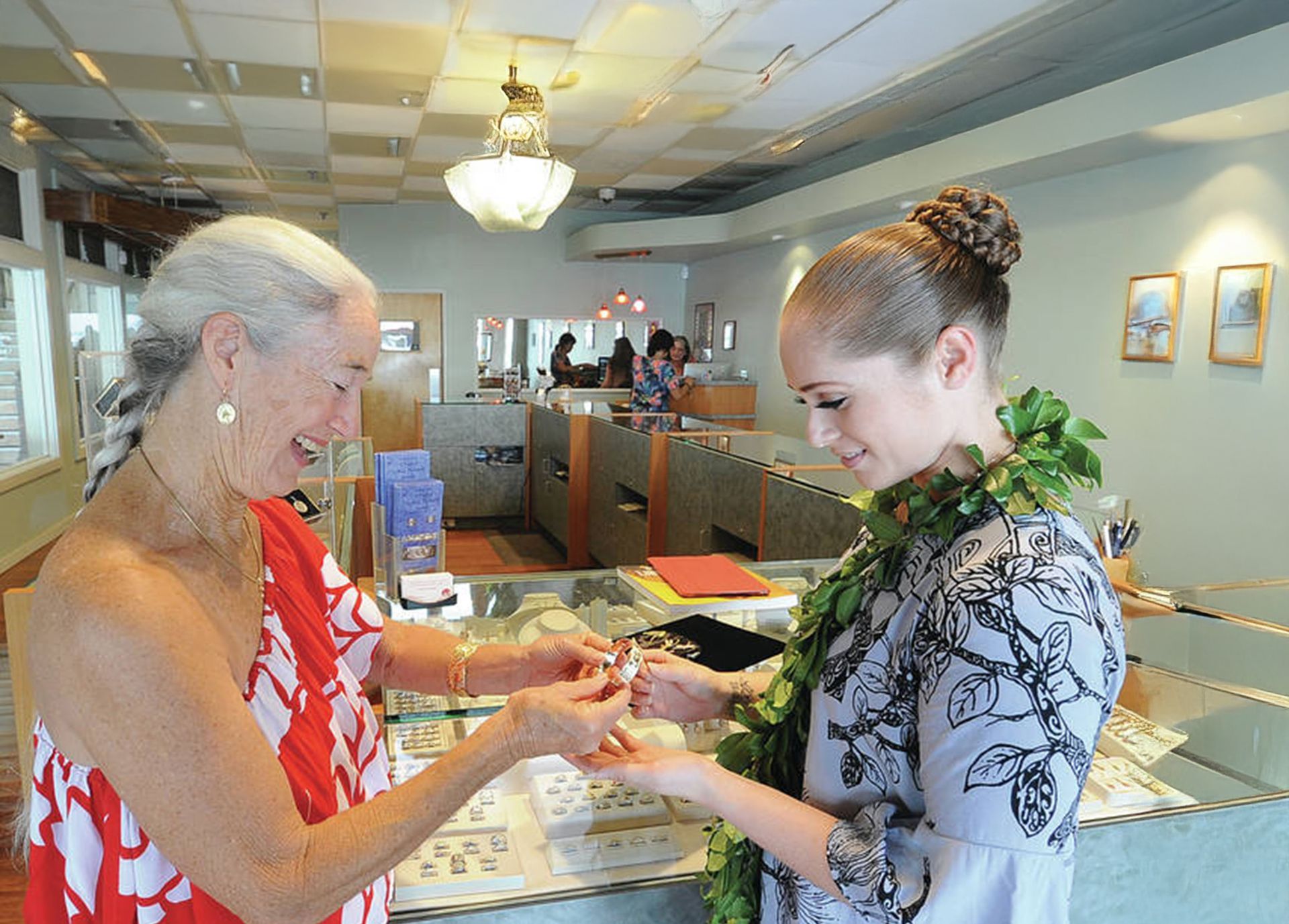Hawai‘i Wildlife: An Overview of Island Fauna
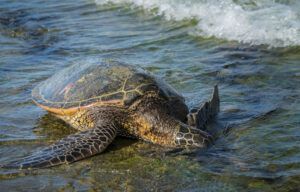
Hawai‘i’s isolated postion in the middle of the Pacific Ocean has meant that the island chain is home to unique creatures that can’t be found anywhere else int he world, while also playing host to wildlife from all corners of the Pacific Rim that pass through, like the legendary Humpback whale. Meanwhile, contact with humans and then later, the Western world, saw the introduction of other species that now make the islands home. Here are a number of species, both endemic and invasive, that you may encounter during your stay:
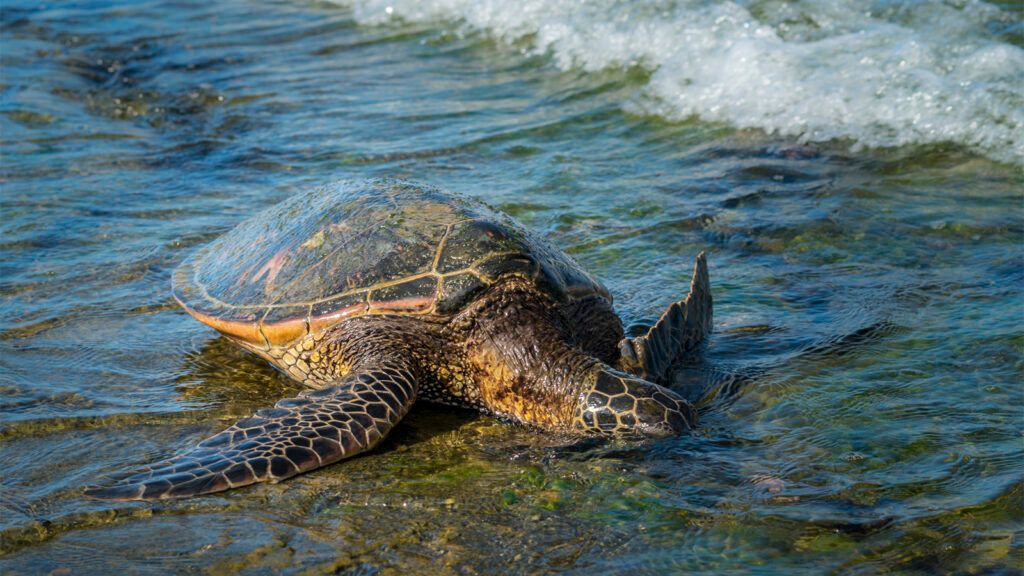
Hawaiian Green Sea Turtle – Affectionately called honu in the islands, Hawaiian green sea turtles are found swimming at snorkel spots and sometimes basking on the beach. The largest hard-shelled sea turtle is an aquatic herbivore that crops a variety of seaweeds off the reef using a finely serrated beak. They have a natal homing instinct and return to the sands of their birth—the French Frigate Shoals in the Northwestern Hawaiian Islands—to lay eggs. Listed as an endangered species in 1973, it is illegal to harass, capture or kill a Hawaiian green sea turtle and beachgoers should watch them from a distance.
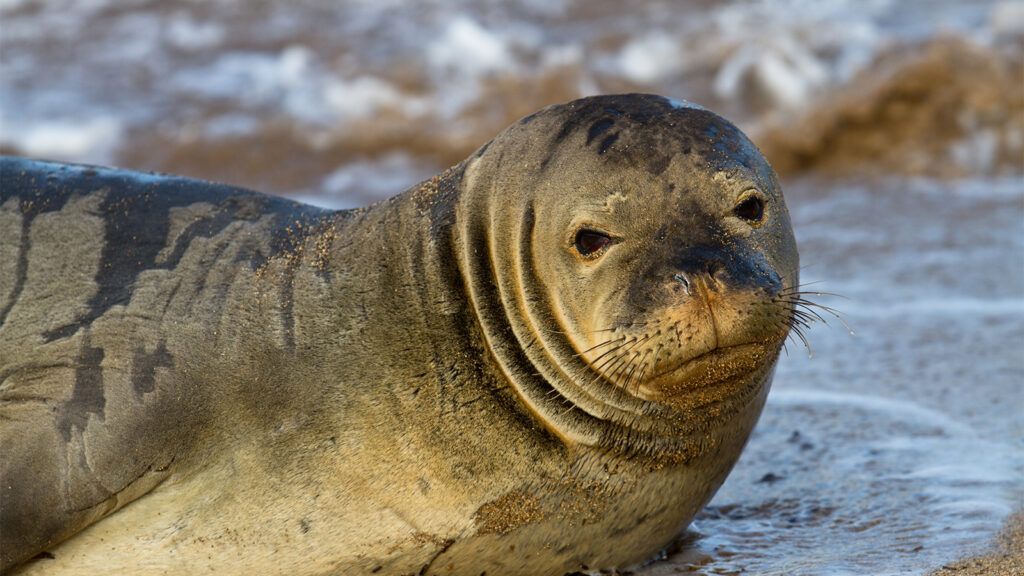
Hawaiian Monk Seal – Found only in Hawai‘i, this endemic pinniped has a round head covered with short hairs, giving it a “monk-like” appearance. The Hawaiian word for the silvery-gray seal is ‘ilio-holo-i-ka-uaua, meaning “dog running in the rough seas.” While the seals mostly live among the uninhabited Northwestern Hawaiian Islands, they sometime travel to the main islands and are seen napping on beaches. An endangered species with a declining population of 1,200, monk seals should be left alone. While seals may appear ready to play with swimmers, be advised they can be rough and cause harm.
Mongoose – Often seen darting across roads and in gardens, the wily, weasel-like mongoose was introduced to Hawai‘i in 1883 to control rats in sugar cane fields. However, the agriculture experiment went awry as the small omnivore hunts during the day and rats are nocturnal. While shy of humans, the feral mongoose has devastated the isles’ ground-nesting bird populations by raiding nests, with the exception of Kaua‘i, which is free of mongoose.
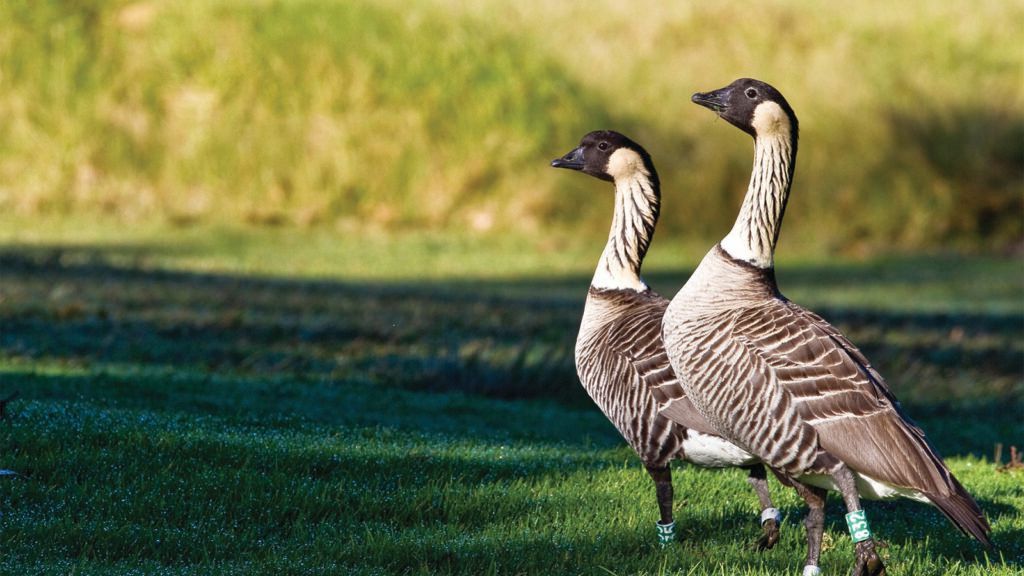
Nene, the Hawaiian Goose – Proclaimed the state bird in 1959, the nene resembles the Canada Goose in appearance. Find it during the spring-summer on golf courses, where the birds hatch their young, or in Hawai‘i’s national parks. The geese favor the native foods of the uplands when not rearing goslings and can maneuver harsh terrain, including rocky lava flows. Pronounced “nay-nay,” the bird is classified as an endangered species with about 900 living on Hawai‘i Island and as many as 1,100 more combined across Maui, Kaua‘i and Moloka‘i.
While you may think that posing with a seal or turtle may look good on Instagram, harassing or disturbing any these animals is illegal. To ensure their continued survival, the Hawaiian Green Sea Turtle, Hawaiian Monk Seal and Hawaiian Goose are protected by law.
Bottom line: Enjoy the beauty of Hawai’i’s unique wildlife, but take those photos from a safe distance. If you’re looking to see more wildlife, the Kilauea Point Wildlife Refugee is a great place to start.

